DJI Mini 2 SE Review and Comparison
 Lukas Zmejevskis
Lukas Zmejevskis
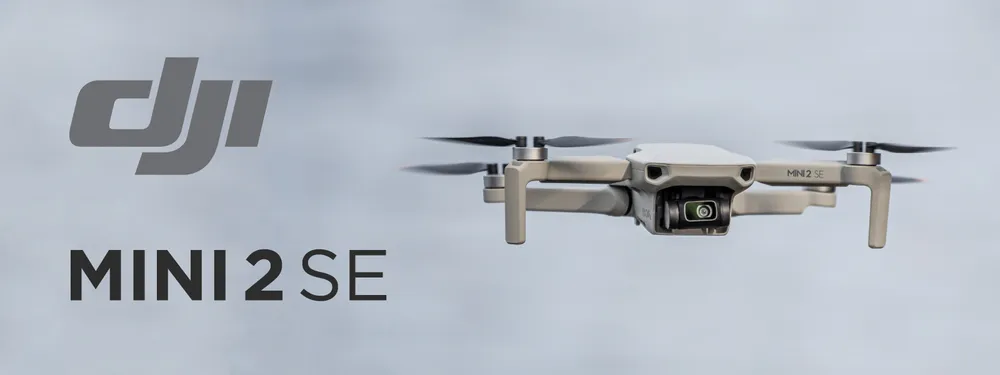
Drones have become favored by hobbyists and professionals, offering a new perspective on the world and capturing stunning aerial footage. But not all drones are created equal, and finding the right one for your needs can be challenging. This article will look closer at the DJI Mini 2 SE, the latest and most affordable flying camera from DJI. We will also compare it to other DJI drones, such as the DJI Mini 2 and the DJI Mini 3, and see how they stack up regarding features, specifications, and price. Whether you are a beginner or an experienced flier, this article will help you decide if the DJI Mini 2 SE is the drone for you.
Quick Review of the DJI Mini 2 SE
Mini 2 SE is a solid product overall. I threw the same tasks I usually do to the Mini 3 Pro and the Mavic 3. At no point did the Mini 2 SE feel out of place or fail. Yes, the camera quality is not as good as those drones, but the price is way less imposing.
Mini 2 SE camera brings back memories of the Phantom 3 Advanced. They both have the same size sensor and aperture and similar image quality. But the Mini flies longer, is more stable, quieter, and has better image transmission. The fact that this drone is smaller and lighter than the battery used in the Phantom 3 reminded me of how far we have come.
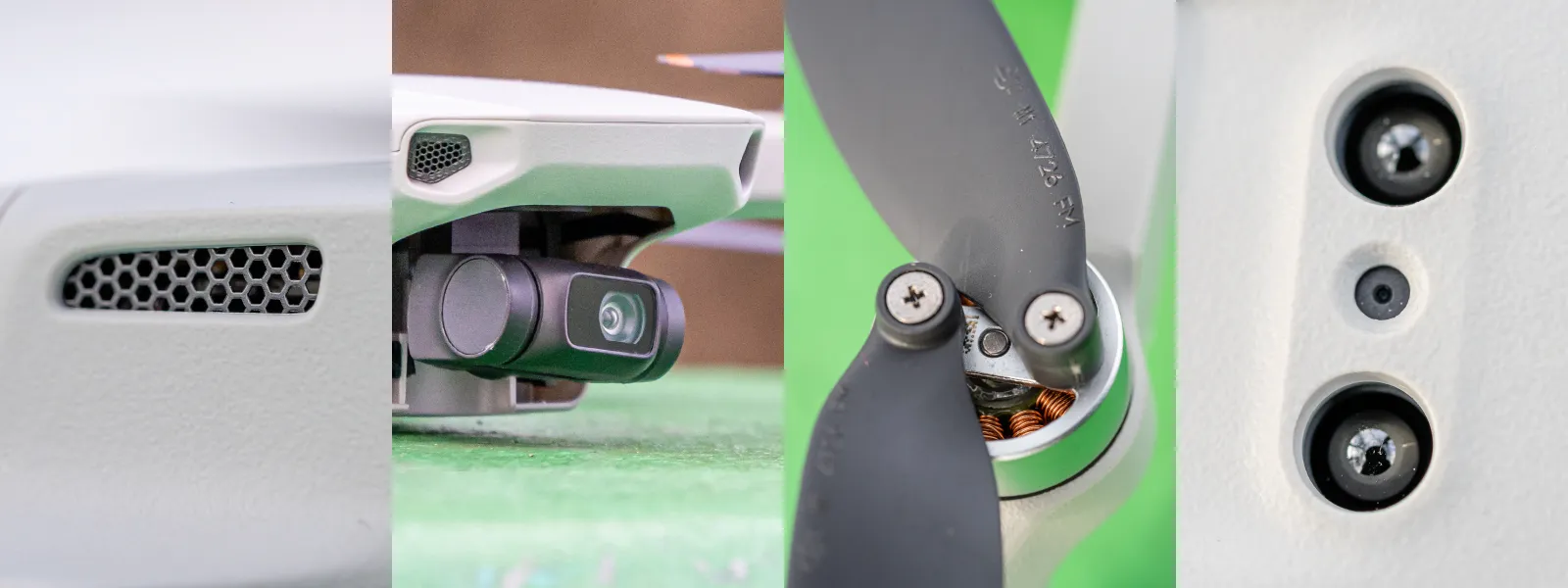
The Mini 2 SE comes with the familiar DJI RC-N1 controller, which is excellent at this price point. We did numerous test flights during variable conditions. We got zero issues regarding the control of the drone or the image transmission within reasonable distances (up to 500 meters). We measured 25 minutes of real-world flight time during our testing while taking photos and video. Mini 2 SE uses the same battery as the Mini 2.
The camera is a basic 12-megapixel unit. It has a fixed focus and aperture. Manual camera settings are available (pro mode), as are RAW photo capture, bracketing, interval, and panorama modes. The video side is disappointing as there is no 2.7k 60 fps capture, an entirely software-imposed limitation. Keeping the "4k" as a marketing gimmick for the more expensive drones is understandable, but at least give us 60 fps at the lower resolution. No color profiles or format settings are available for video either. Below a 360 degree panorama made with the DJI Mini 2 SE.
The software has some limitations and missing features from more expensive drones. There is no cruise control, no auto shutter speed or iso in pro mode, and no manual speed settings. There are a few rudimentary Quickshots for video, but no active tracking, POI mode, hyperlapse, or waypoints. All advanced stuff is absent from the more expensive drones. Overall - a cheap but solid flying camera without any bells and whistles. What you can create with this drone - will entirely depend on your skills and creativity.
DJI Mini 2 SE Vs. The DJI Mini 2
How does the DJI Mini 2 SE compare to the older DJI Mini 2? They are very similar drones with the same camera and body. There are software differences under the hood, mainly regarding video capture. The Mini 2 SE can record up to 2.7K video at 30fps from its 1/2.3-inch CMOS sensor, while the Mini 2 can record 4K video at 30fps or 2.7k at 60fps with the same sensor. The Mini 2 also supports digital zoom up to 4x in 1080p mode, while the Mini 2 SE does not.
Besides the video resolution, the Mini 2 and the Mini 2 SE have almost identical features and specifications. They both use OcuSync 2.0 for video transmission, which supports up to 10 km of video transmission with excellent anti-interference capabilities. They both have the same rated flight time of 31 minutes, a max service ceiling above sea level of 4000 m, and a max wind speed resistance of scale 5. They both have the same 3-axis gimbal stabilizing the camera and a few intelligent modes such as QuickShots and Panorama.
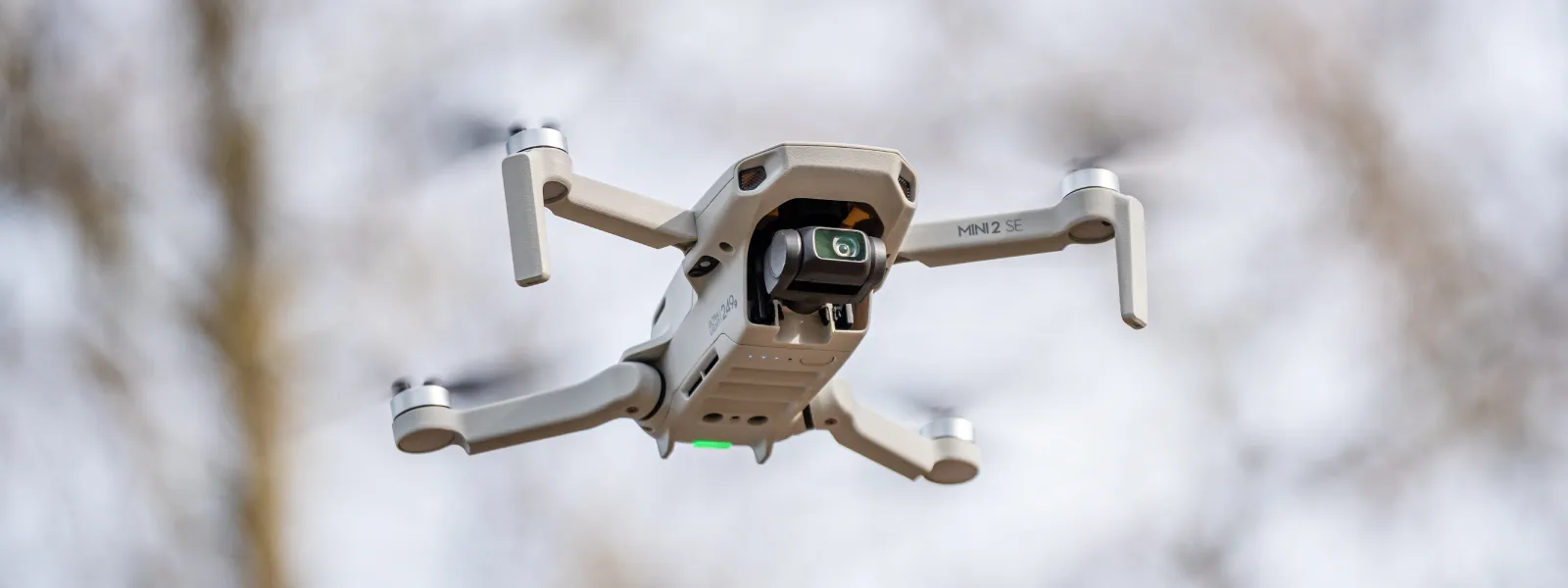
The Mini 2 SE is cheaper when bought new; therefore, the price difference value will come down to the video features. There is little reason to pay more for the non-se version for more casual videos and identical photos. However, even if your main focus is video - the existence of the Mini 3 complicates things.
DJI Mini 2 SE Vs. The DJI Mini 3
The DJI Mini 3 is a newer, more advanced drone with some extra features and improvements over the Mini 2. The main difference between them is the camera. The Mini 3 has a larger imaging sensor - 1/1.3-inch vs. the 1/2.3-inch, and a wider lens aperture - f/1.7 vs. f/2.8, which means it can capture more light. More light means considerably better photo and video quality during more diverse lighting conditions. The Mini 3 can record up to 4K videos at 30fps.
The Mini 3 has a new gimbal that can rotate the camera to shoot videos in portrait orientation, which is ideal for social media platforms like TikTok and Instagram. It gives you more creative options and flexibility. The Mini 3 is also compatible with the DJI RC controller, which can eliminate the need to use your phone, and the camera has a more elegant ND filter mounting mechanism.
If you are more serious about photography and video, the Mini 3 is worth the price for a better camera and a newer-generation flight experience. It puts the Mini 2 in a difficult spot unless you get it for nearly the same price as the Mini 2 SE. Otherwise, the newer Mini 3 is the better option.
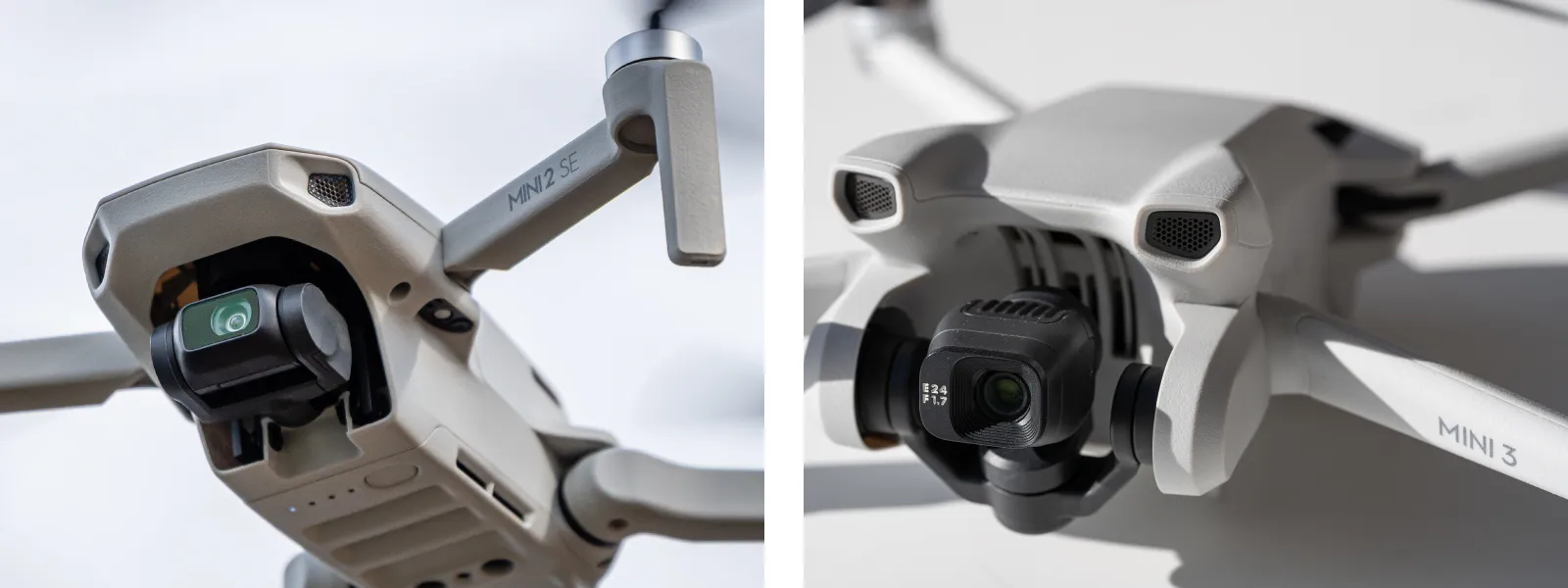
DJI Mini 2 SE Vs. The DJI Mini 3 Pro
Mini 3 Pro is an enhanced version of the non-Pro. The only difference from a hardware standpoint - it has obstacle avoidance sensors making it the safest compact drone on the market. From the software side, it has all the intelligent features of modern DJI drones, which makes it the most feature-rich of all mini drones. Read our previous article here for a more detailed comparison between the Mini 3 and the Mini 3 Pro.
In context with the DJI Mini 2 SE, the Mini 3 Pro is in a different price bracket. The price difference is worth it for those serious about content creation and needing the best sub-250-gram drone on the market, period.
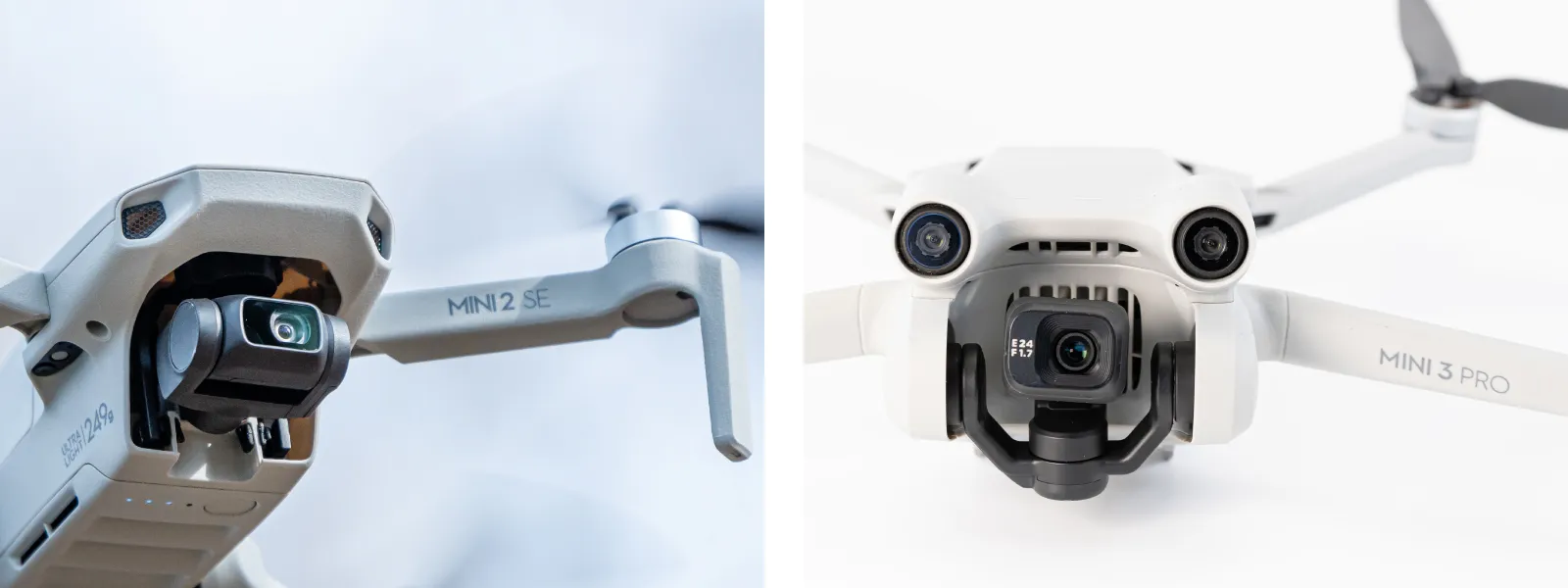
Mini Vs. Other DJI Drones
The main selling points of these Mini-series drones are the sub-250-gram weight which means less regulation, and minuscule size for easy transportation - if your main priorities are these - look no further. Specifically, The Mini 2 SE is the lowest entry point to having a real, usable flying camera and all the core features of a modern DJI drone. Comparing it to larger drones like Mavic and Air series drones would be unfair from weight and price standpoints. The larger and more expensive drones will provide better image quality. They will also have more features, but the core experience will be the same. Otherwise, the gimbal stabilization is as good as any. The photo and video quality is usable, and the flight experience is robust. These characteristics apply to all currently available "Mini" series drones.
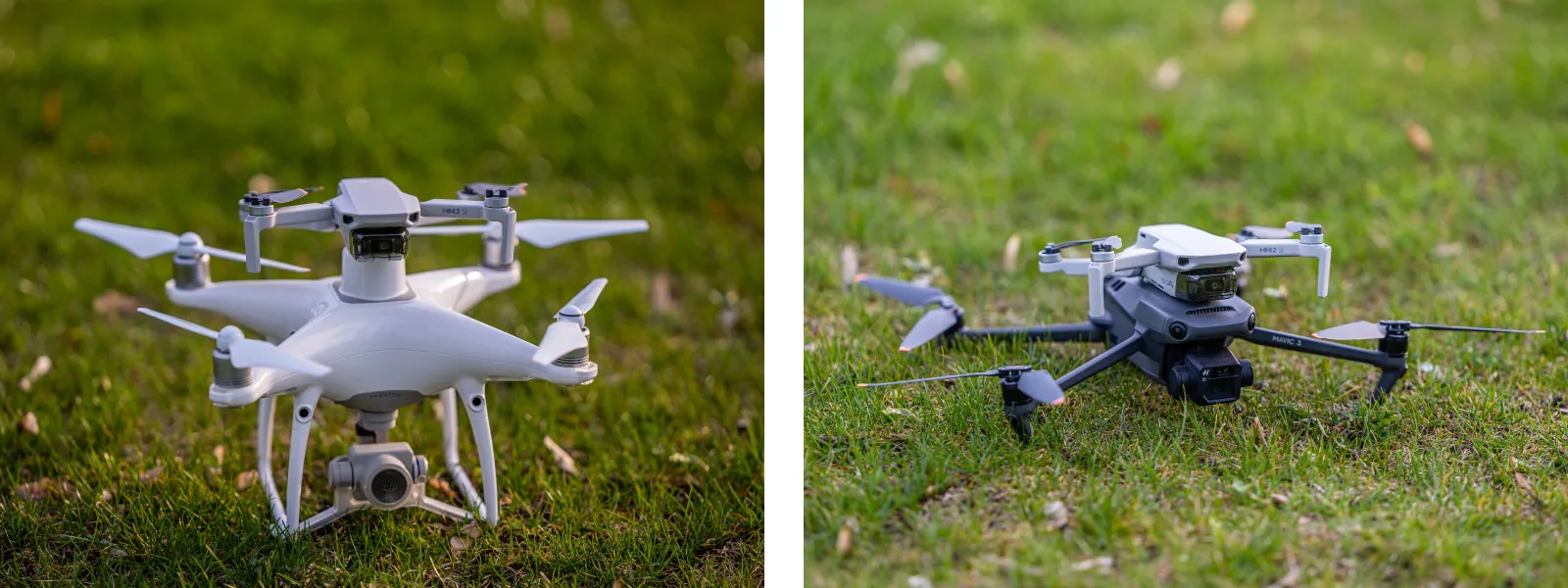
Conclusion
DJI Mini 2 Se is the most affordable real flying camera that can give you a different perspective on your surroundings. Its camera quality is good enough for casual content creation, but in the hands of a professional can produce good photos. Also, counterintuitively, it forces you to learn flying techniques and safety because it has no automation systems. Only the core features are available for the small price of this drone, and sometimes they are just enough.
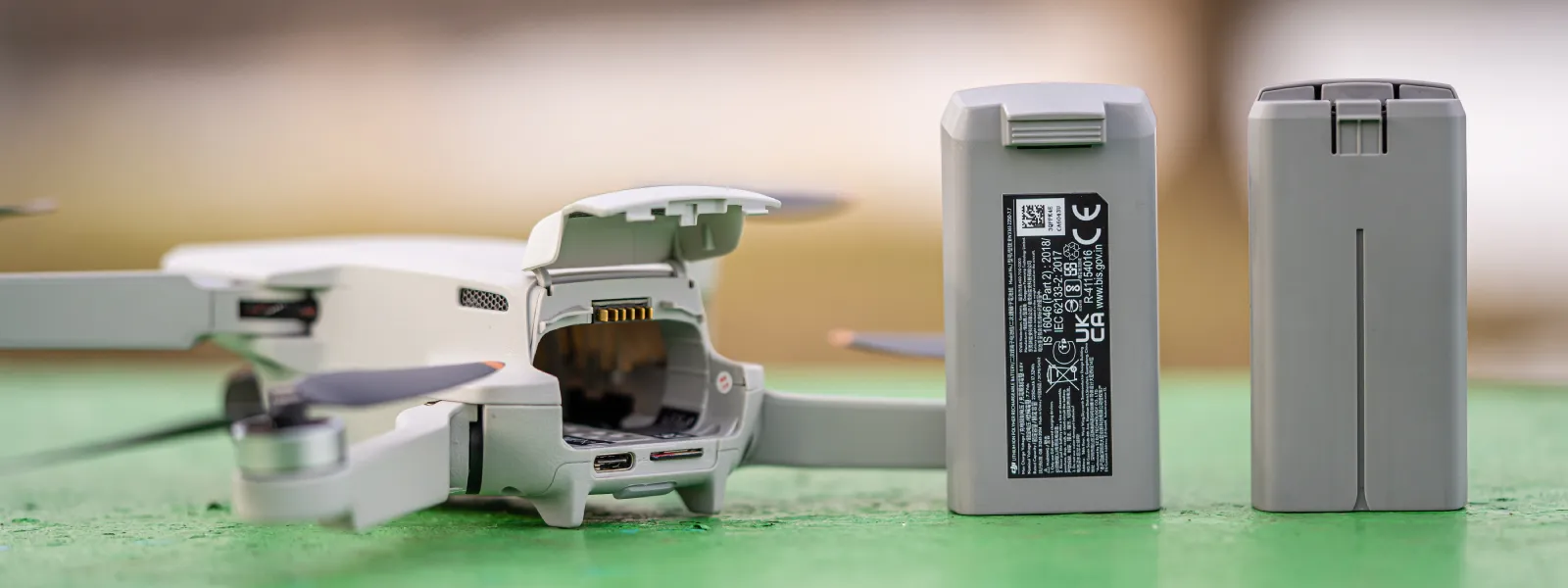

Photographer - Drone Pilot - Photogrammetrist. Years of experience in gathering data for photogrammetry projects, client support and consultations, software testing, and working with development and marketing teams. Feel free to contact me via Pixpro Discord or email (l.zmejevskis@pix-pro.com) if you have any questions about our blog.
Related Blog Posts
Our Related Posts
All of our tools and technologies are designed, modified and updated keeping your needs in mind
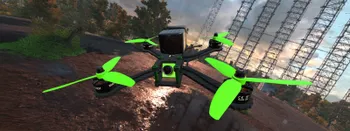
Drone Flight Simulators – GPS, FPV, Fixed-Wing Drones?
Flying drones is fun—and it can be helpful. In this article, I will tackle a few questions you may naturally ask when getting into the drone thing. We will also look at virtual flying, the logical first step when learning anything in the radio control hobby space.
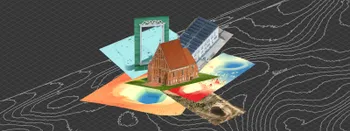
Where do we use Photogrammetry? A list of 3D scanning use cases.
Photogrammetry has revolutionized numerous industries by transforming real world scenes into 3D models, using only simple photographs and processing algorithms.
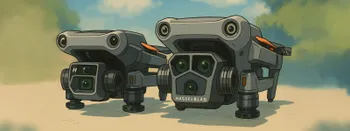
ChatGPT – Image Quality Checking for Photogrammetry with AI
Good input data is everything in photogrammetry. The results we get from processing can never "exceed" what we input into the software. If only we could always check our input data before starting the relatively long process of 3D reconstruction.
Ready to get started with your project?
You can choose from our three different plans or ask for a custom solution where you can process as many photos as you like!
Free 14-day trial. Cancel any time.
Welcome to Pixpro
Sign in
And access your account.
.svg@webp)